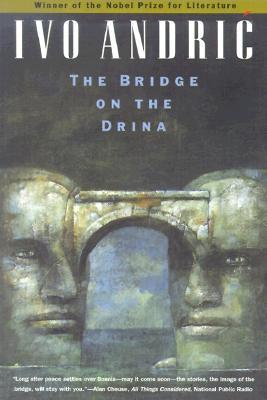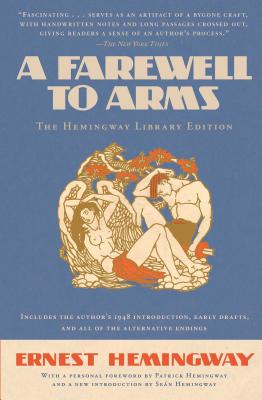Before I left for a quick family trip, I finally finished Those Who Love by Irving Stone, a novelization of the John and Abigail Adams relationship. As I wrote in my first post two months ago, it was nice to recognize the impact the revolution and war must have had on the personal lives of












